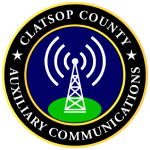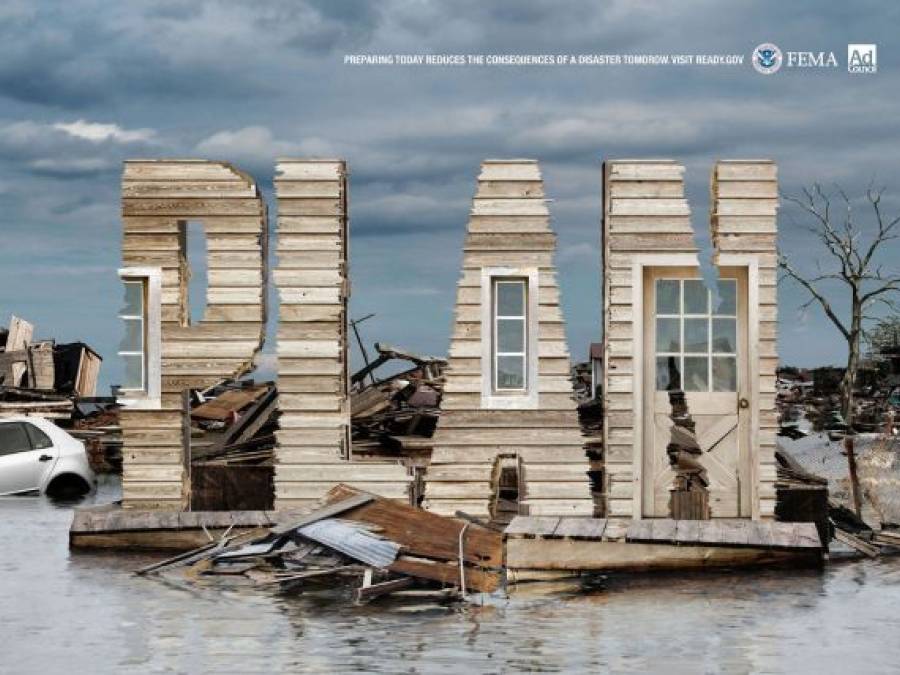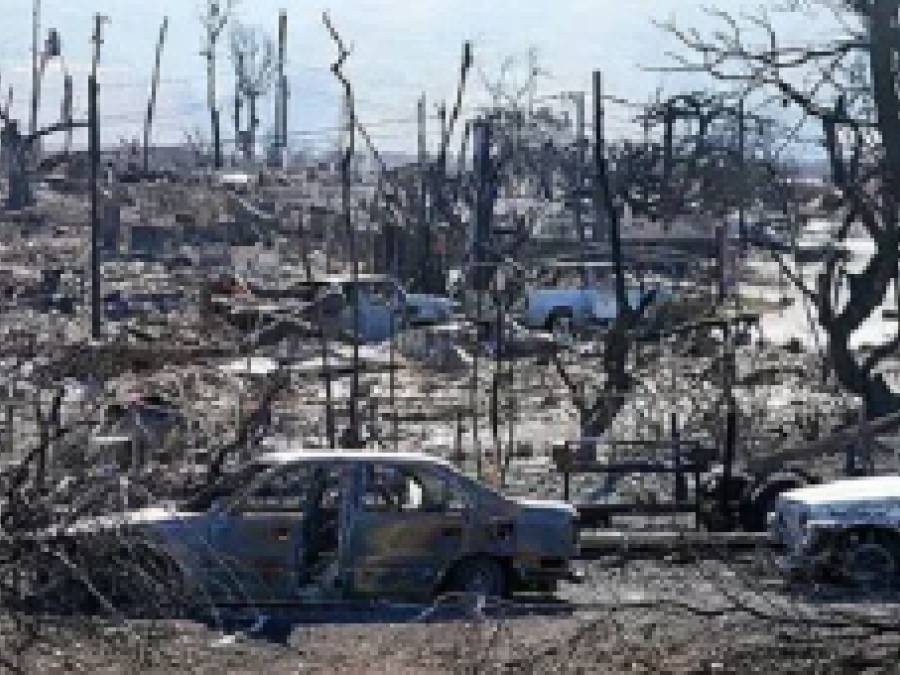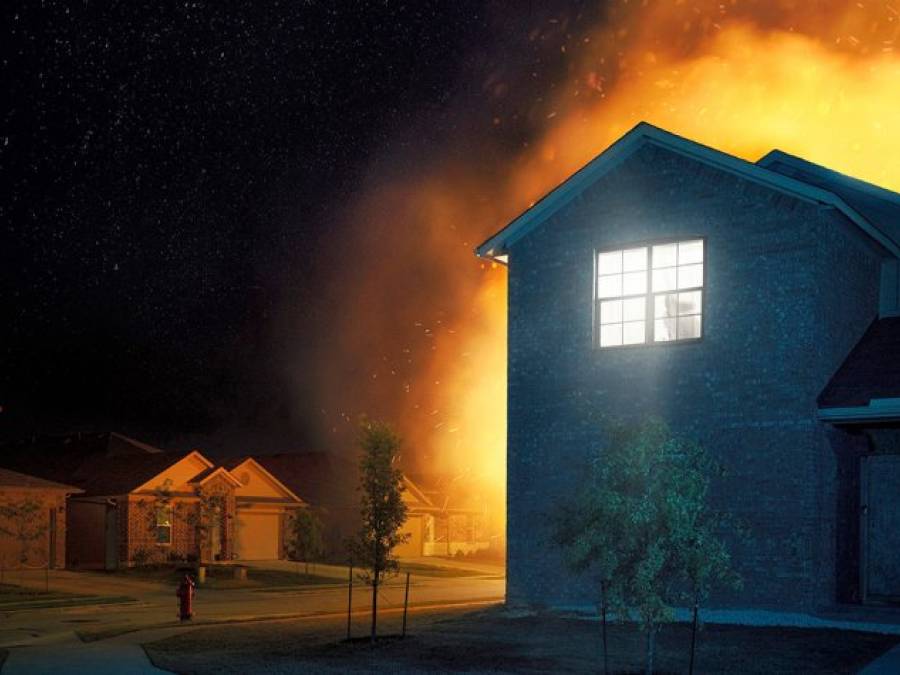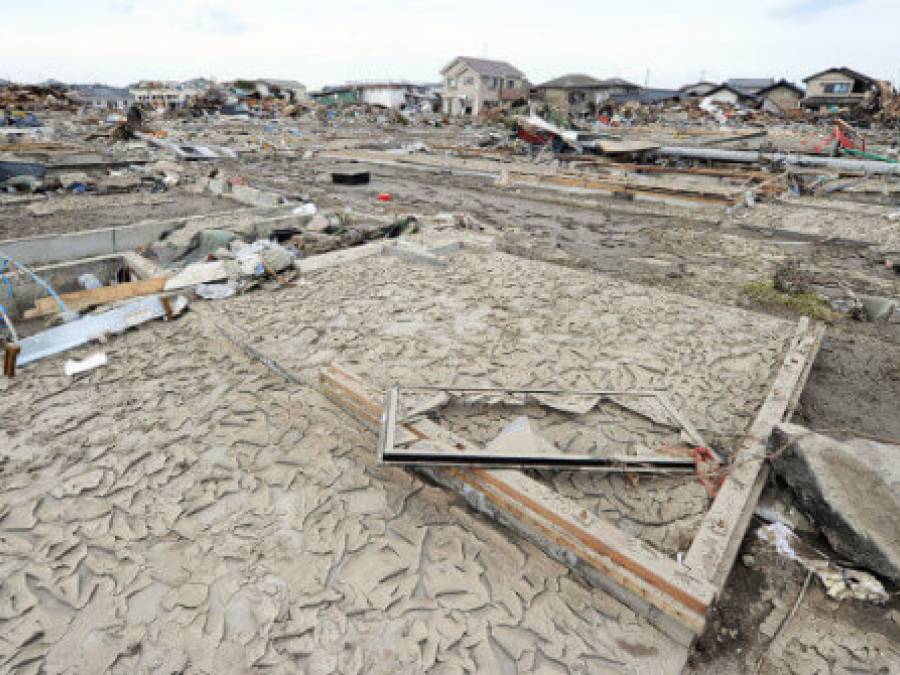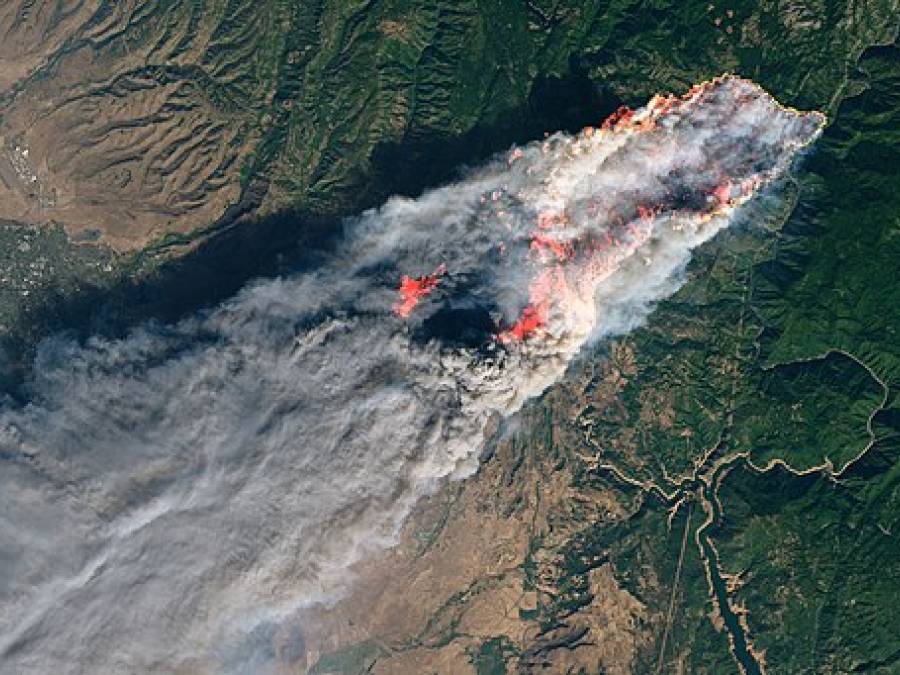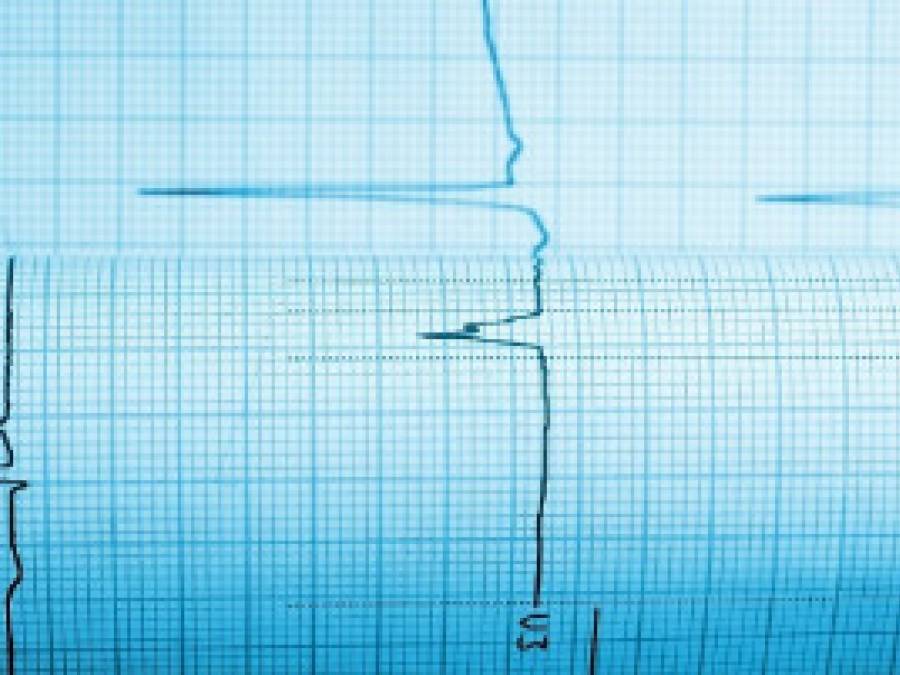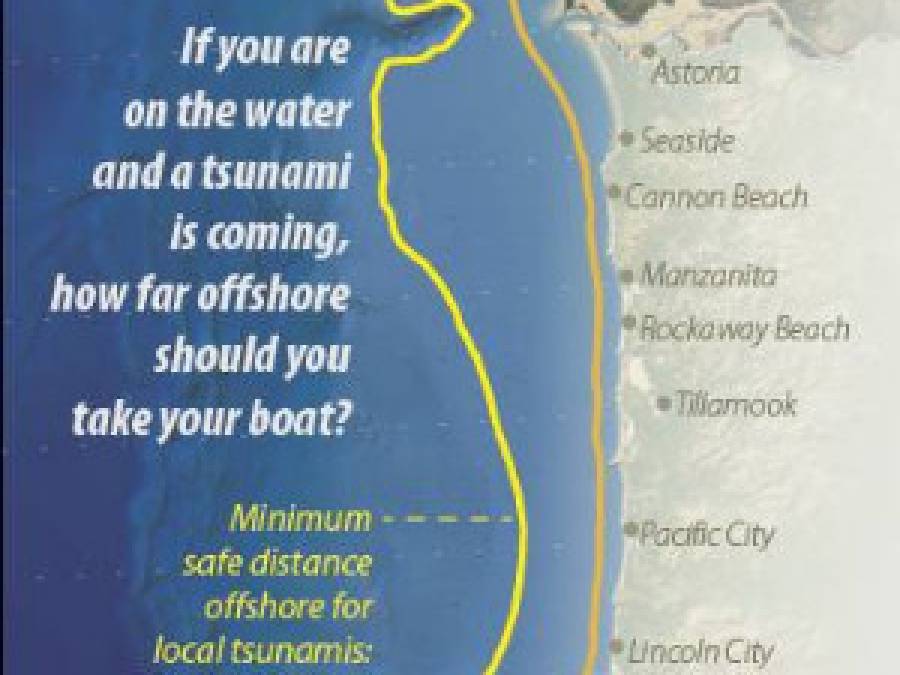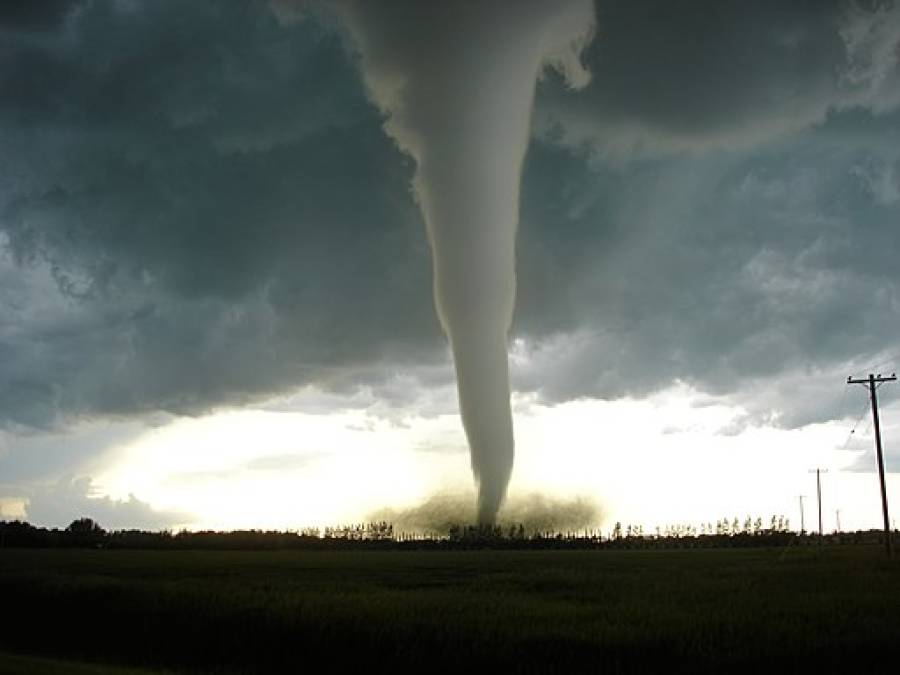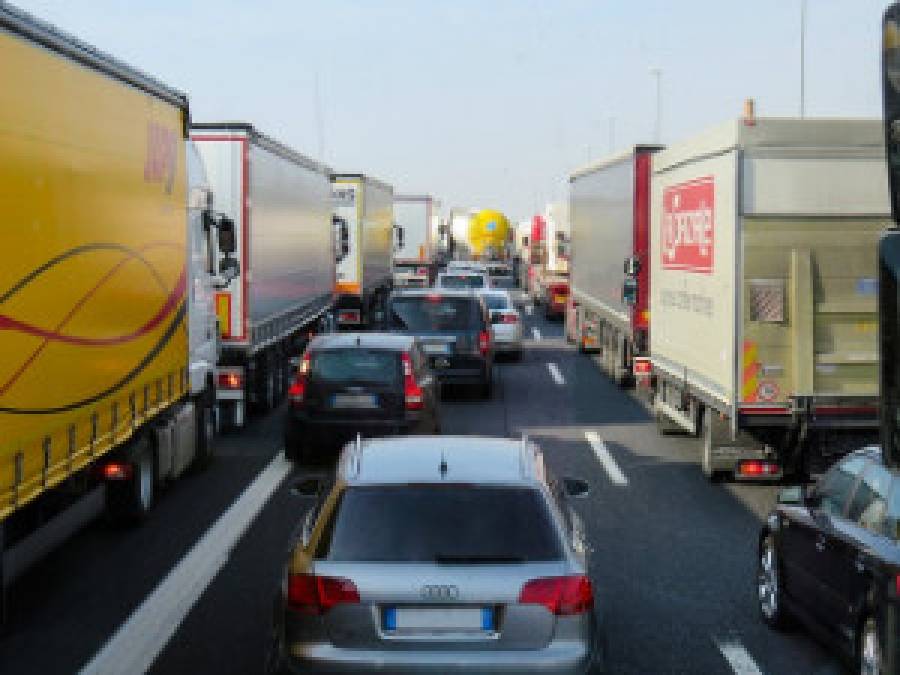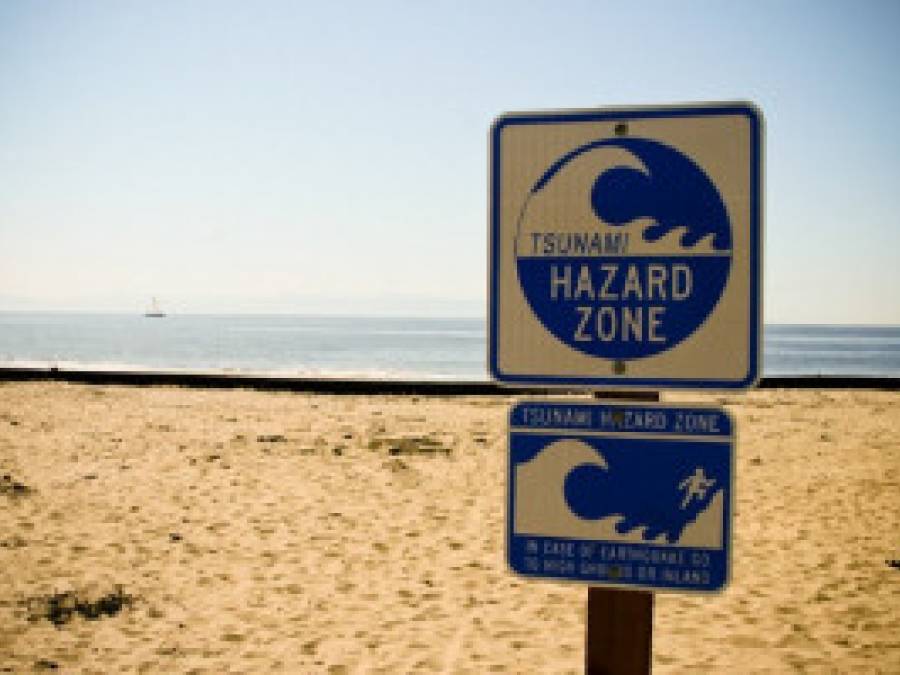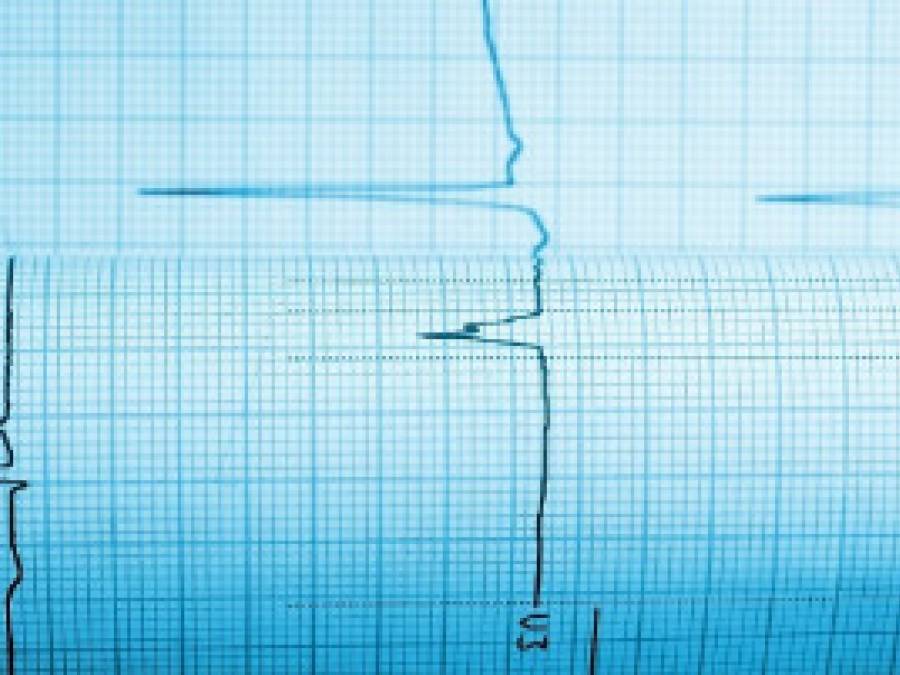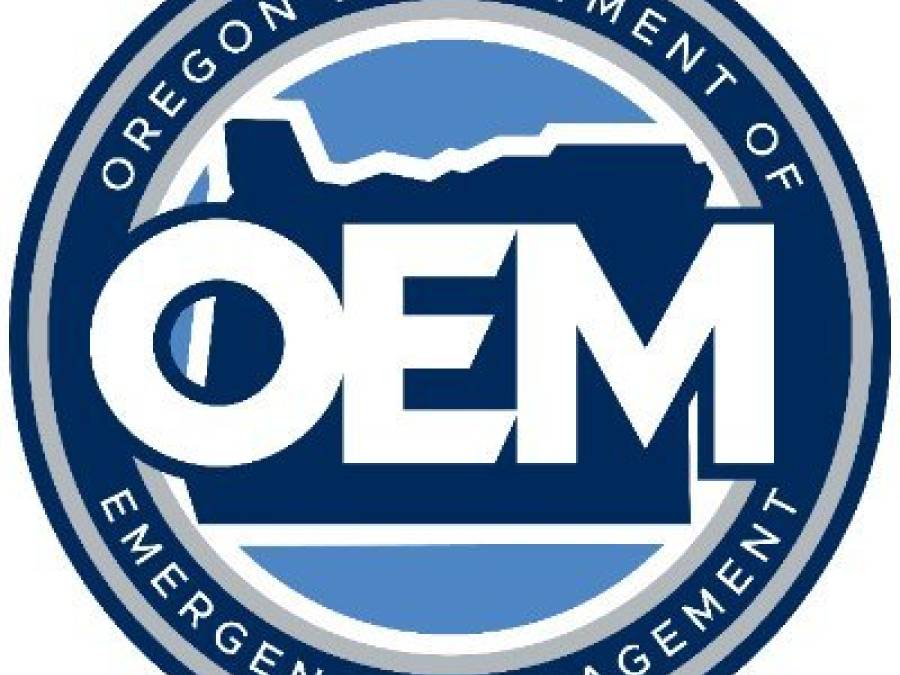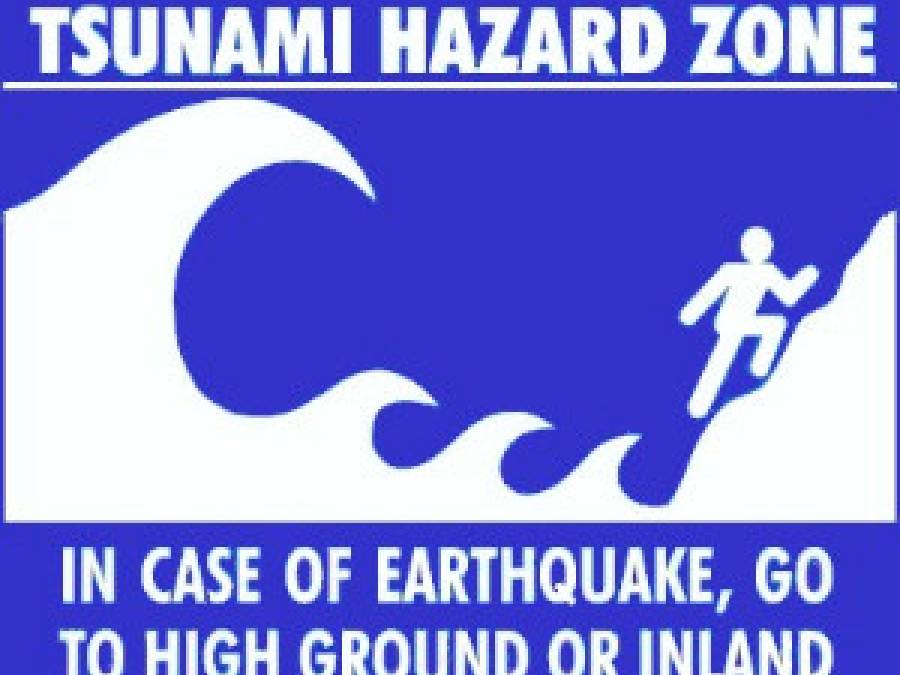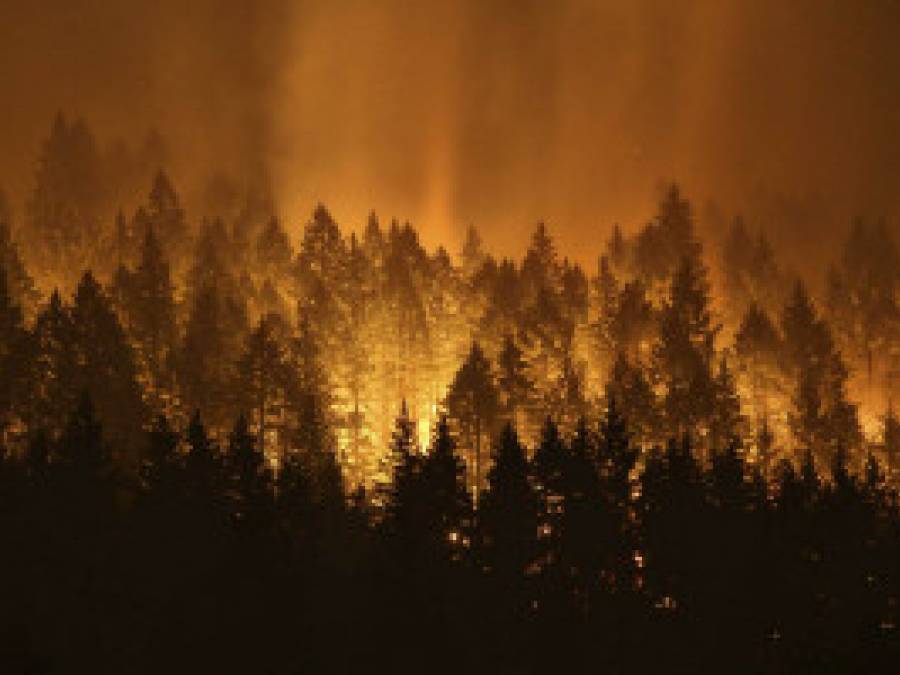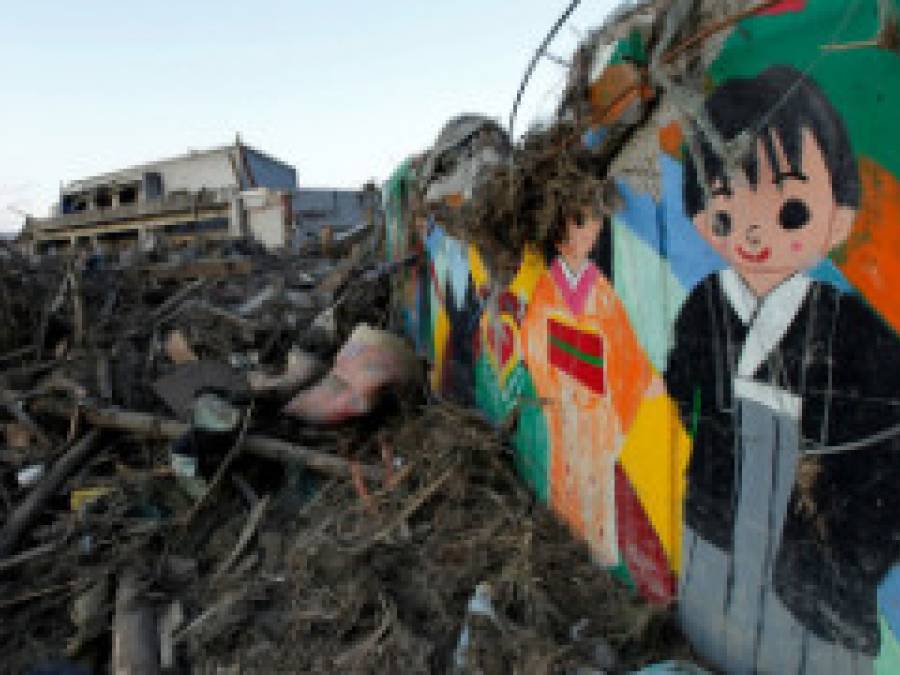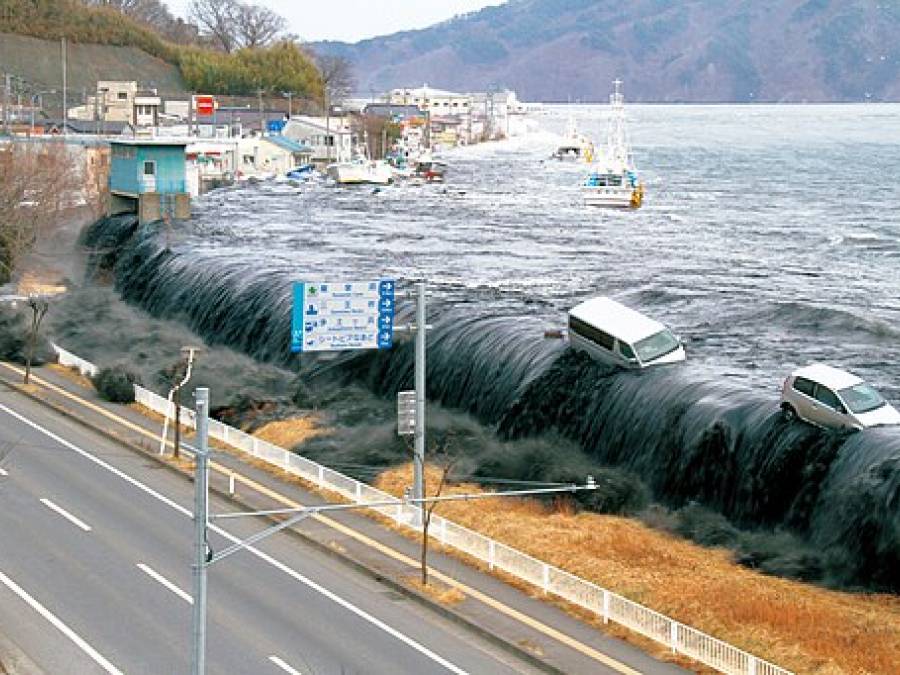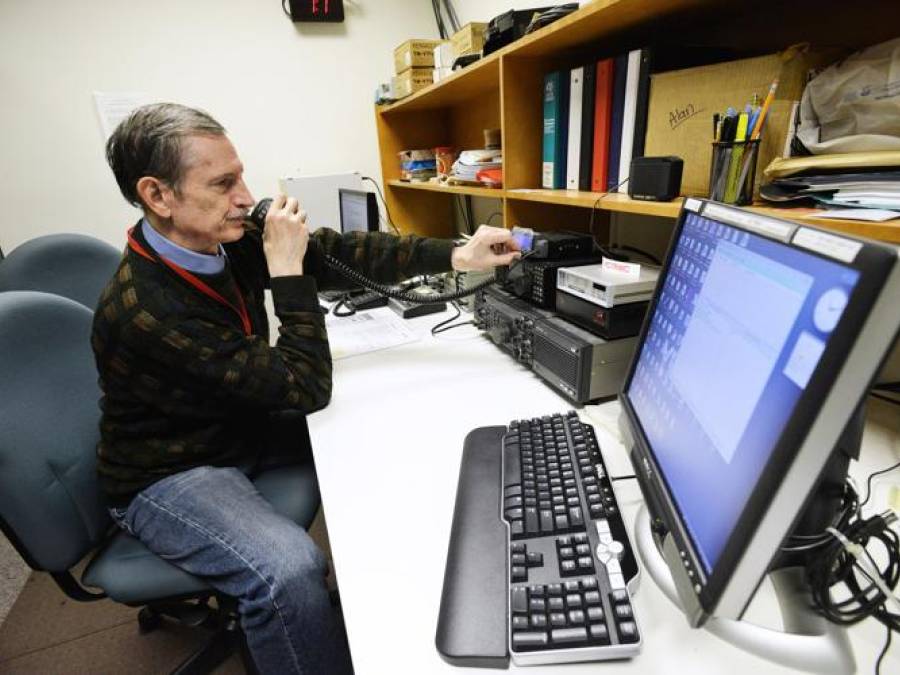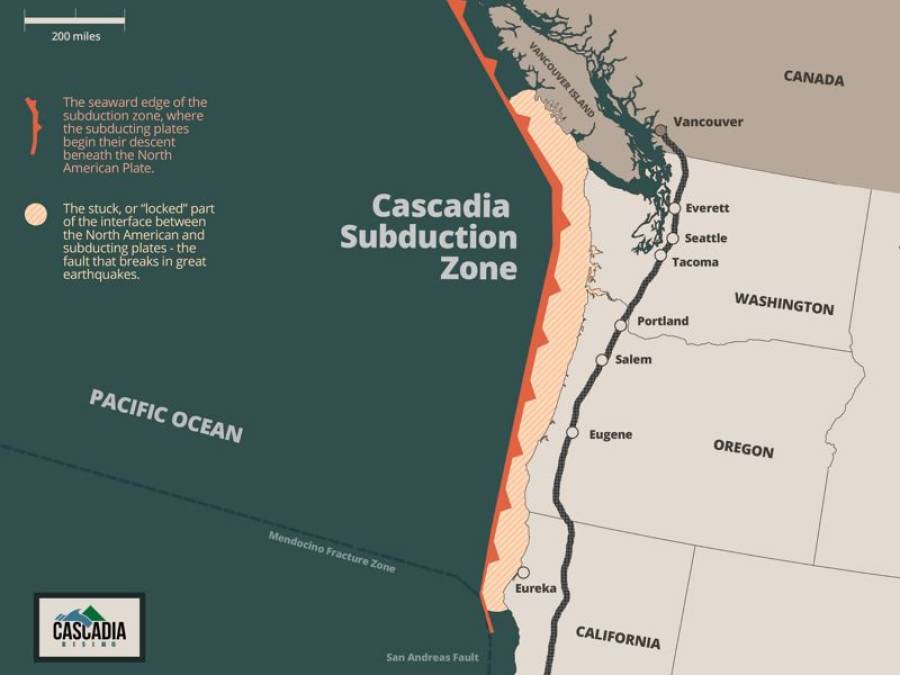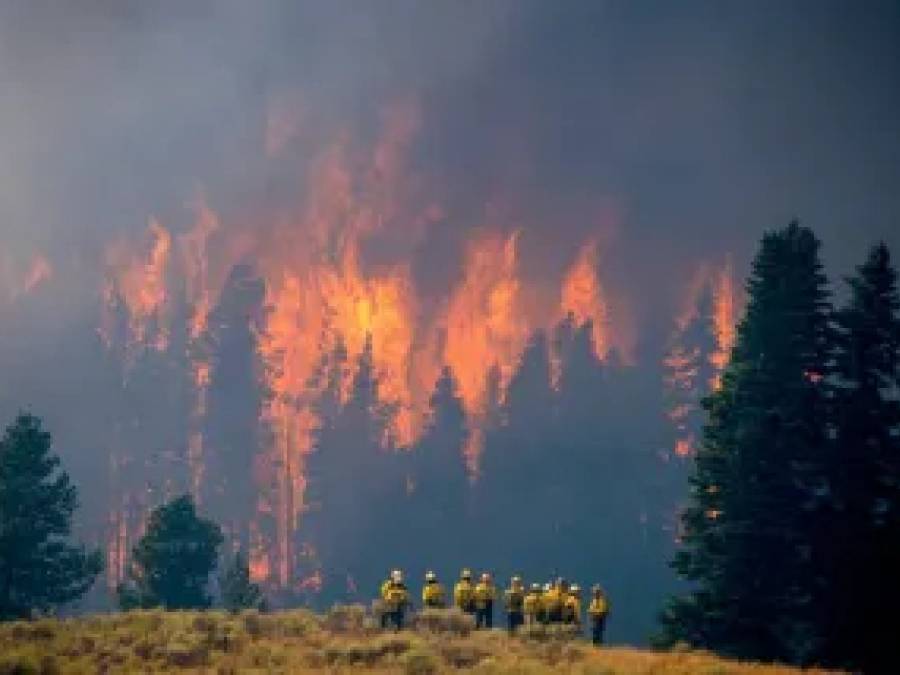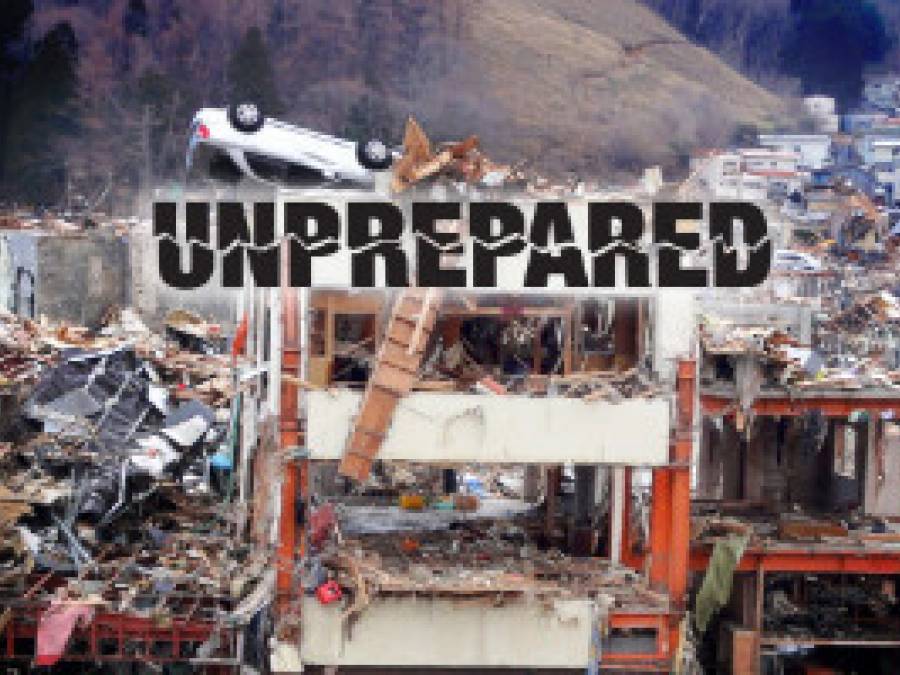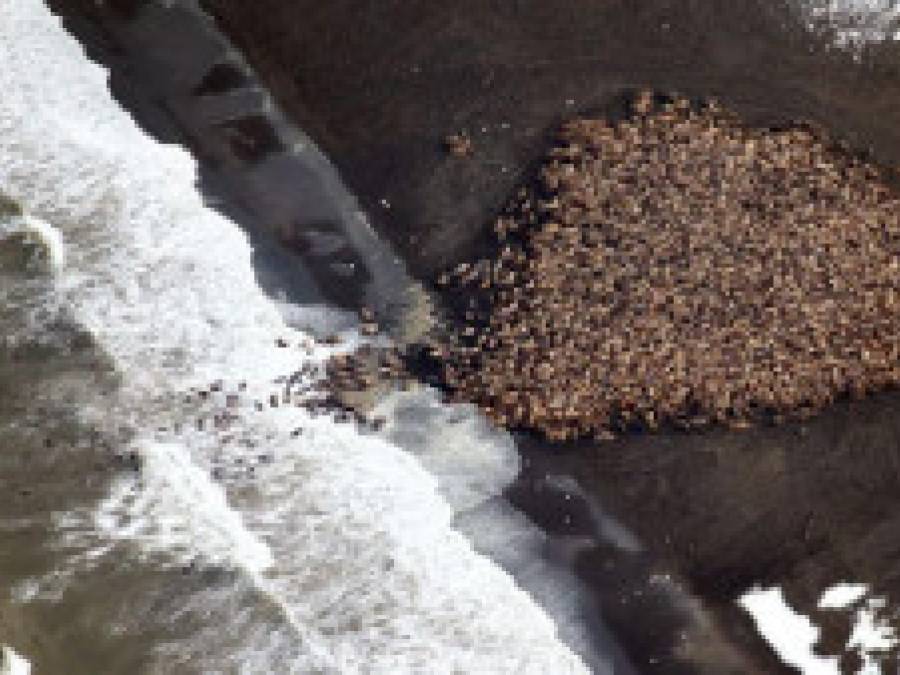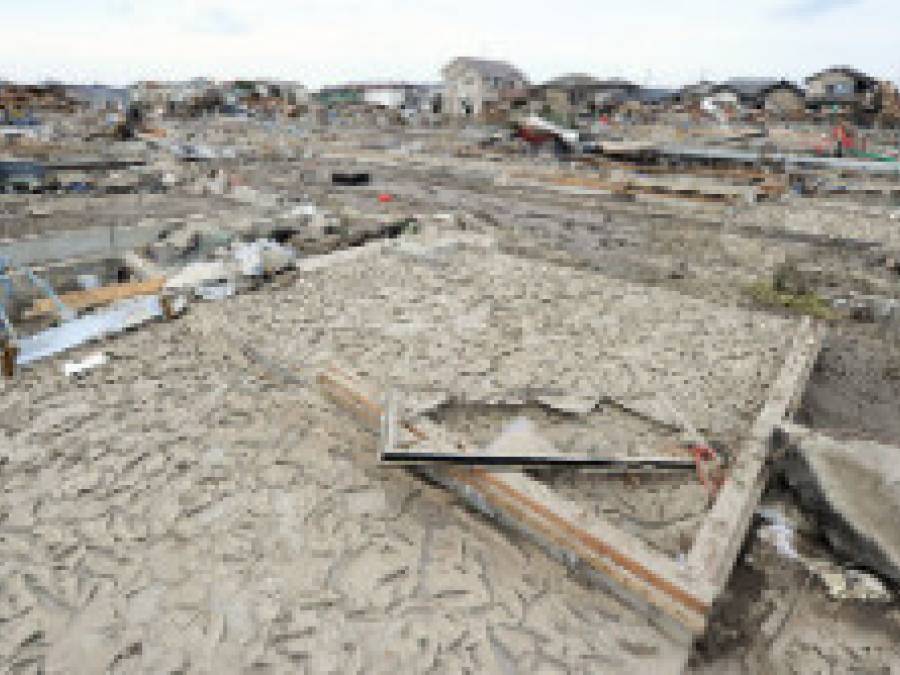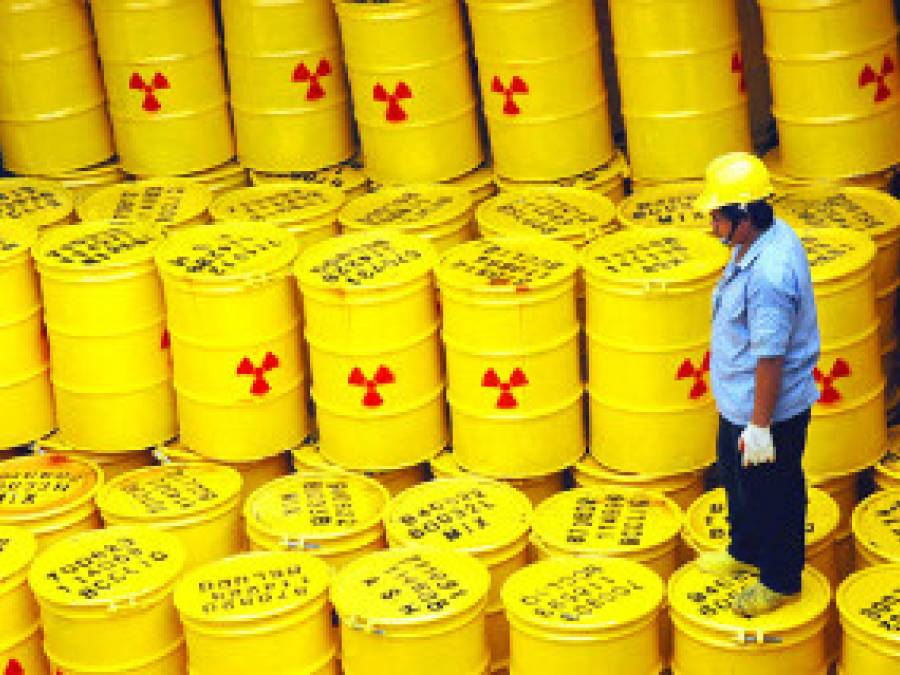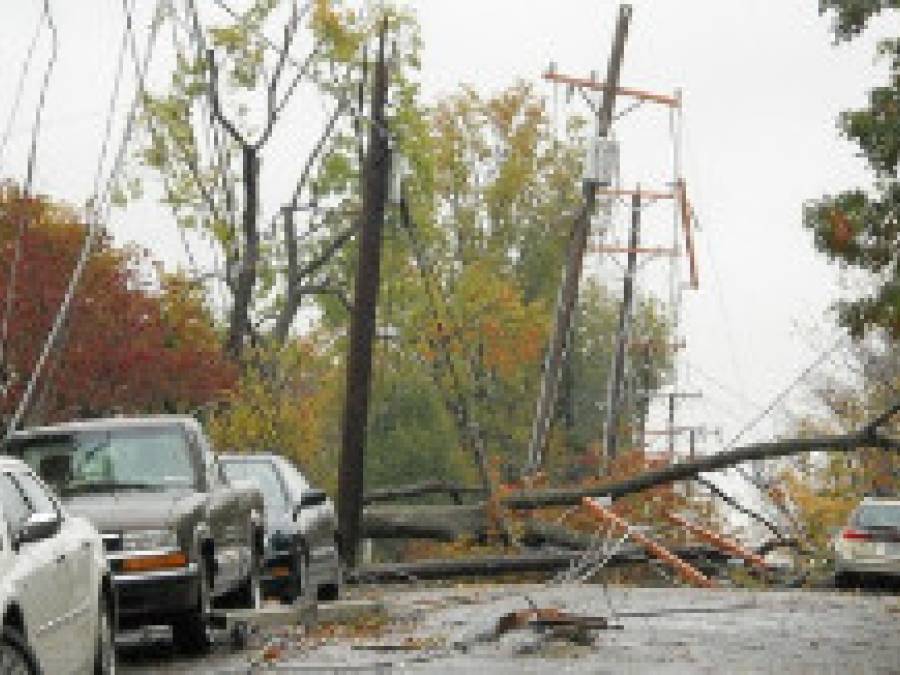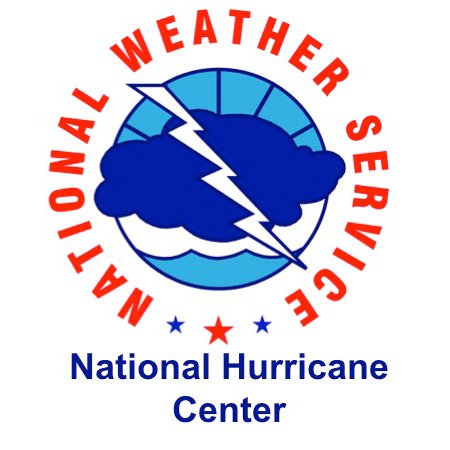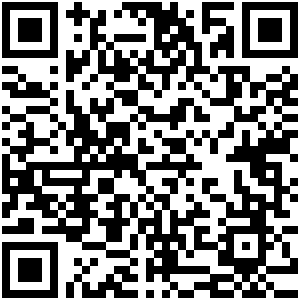FEMA has released the results of the 2023 National Household Survey on Disaster Preparedness. To review the survey results, download the summary presentation.
Since 2013, FEMA has conducted the National Household Survey on Disaster Preparedness. This survey of people from across the United States gauges the nation’s disaster preparedness actions, attitudes, and motivations.
The 2023 survey conducted from February 1 through March 14, 2023 included over 7,600 responses. Results from the 2023 survey indicate that slightly more than half (51%) of Americans believe they are prepared for a disaster and 57% took three or more actions to prepare for a disaster within the last year. The most common actions people took to prepare for a disaster were assembling or updating disaster supplies (48%) and making a plan (37%); the least common actions were planning with neighbors (12%) and getting involved in their community (14%).
Key Findings and Opportunities from the 2023 Survey
- There were big shifts in the way people prepared for disasters in 2023 compared to the year before. There was a large increase in the percentage of people who assembled or updated supplies (from 33% in 2022 to 48% in 2023), but there was a large decrease in the percentage of people who signed up for alerts and warnings (from 46% in 2022 to 36% in 2023). Emergency managers should remind people that there is more to preparedness than just assembling supplies. When meeting with your community, help people sign up for alerts and warnings right in the moment. Walk them through the process of signing up to receive local alerts while you have their direct attention, so they don’t have to remember to do it themselves later on.
- Only 50% of people believed that that taking steps to prepare for a disaster would help them in getting through a disaster and were confident in their ability to take those steps to prepare. To increase preparedness efficacy, trusted local and community messengers should provide outcome testimonials to demonstrate the value of preparing for a disaster, especially for groups with lower rates of preparedness efficacy.
- There was a strong association between having awareness of how to prepare for disasters and taking action to prepare. 89% of people had read, seen or heard information in the last year about how to get better prepared for a disaster. People who had received information about how to prepare were five times as likely to take at least three preparedness actions compared to people who had not received preparedness information. Emergency managers should focus their preparedness outreach efforts on communities with lower awareness of preparedness information because the payoff could be big. Provide tips and strategies for preparing based on a community’s specific needs, challenges, and environment. Leverage FEMA’s preparedness resources from Ready.gov.
- There was a disconnect between the 60+ community’s perceived preparedness and their preparedness actions. People who were 60 years old and older were about as likely as people between the ages of 18 and 59 to feel prepared for a disaster (52% and 51% respectively). However, people ages 60 and older were less likely to have taken many preparedness actions compared to people between the ages of 18 and 59. To increase the preparedness of the 60+ community, emergency managers should develop preparedness programming and materials that take into consideration the unique challenges facing older adults and empower them to prepare.
- Cost barriers may prevent people who are socioeconomically disadvantaged from taking important preparedness actions. They were less likely than those who are not socioeconomically disadvantaged to have taken higher-cost preparedness actions but were about as likely to have taken low- or no-cost preparedness actions. Emergency managers should leverage community resources to help those who are socioeconomically disadvantaged overcome the cost barriers to close the gap in taking higher-cost preparedness actions.
- People living in areas at higher risk of flood and wildfire impacts had lower levels of risk perception for those hazards. Only 43% of people reported that riverine flooding was ‘likely’ or ‘very likely’ to impact them, despite living in areas that are at higher risk of experiencing the impacts of riverine flooding. For higher risk wildfire areas, only 49% perceived their risk of being impacted by wildfires. However, hurricane risk perception (96%) was much higher for people at higher risk of experiencing hurricane impacts. Emergency managers should apply the tools and messaging techniques that effectively communicate risk for hurricanes to build a similar culture of risk perception for floods and wildfires in communities at greatest risk.
Help Older Adults Prepare for Disasters
On June 8, 2023, FEMA Director Criswell announced the 2023 National Preparedness Month campaign would focus on preparing older adults for disasters. The 2023 National Household Survey on Disaster Preparedness provides preparedness data about older adults that emergency managers can use to strengthen their own community’s efforts to help older adults prepare.

Comparison of the Preparedness of People 60 Years and Older to People Younger Than 60
The 2023 National Household Survey on Disaster Preparedness includes similar preparedness data for many other groups as well, including:
- People with disabilities
- Not primarily English-speaking households
- People who identify as LGBTQ+
- People with faith-based beliefs
- People who are socioeconomically disadvantaged
- People living in rural areas
- People of Hispanic, Latino or Spanish origin
- People of different racial identities
What’s Next?
- Download the summary results of the 2023 National Household Survey on Disaster Preparedness.
- Explore data insights from past surveys along with actionable preparedness information by reviewing FEMA’s Data Digests of past National Household Surveys on Disaster Preparedness.
- Download and review summary findings, datasets of results, and questionnaires for past National Household Surveys on Disaster Preparedness from OpenFEMA.
- Learn more about FEMA’s preparedness research at fema.gov.
Disaster preparedness is a whole community effort. FEMA welcomes opportunities to collaborate and wants to hear about your research and your preparedness initiatives. Tell us what you’ve learned from your own preparedness research and let us know how you used this survey data! Email us at .
To get updates about how the whole community is working together to promote and sustain a prepared nation, sign up for the FEMA Individual and Community Preparedness Newsletter.
